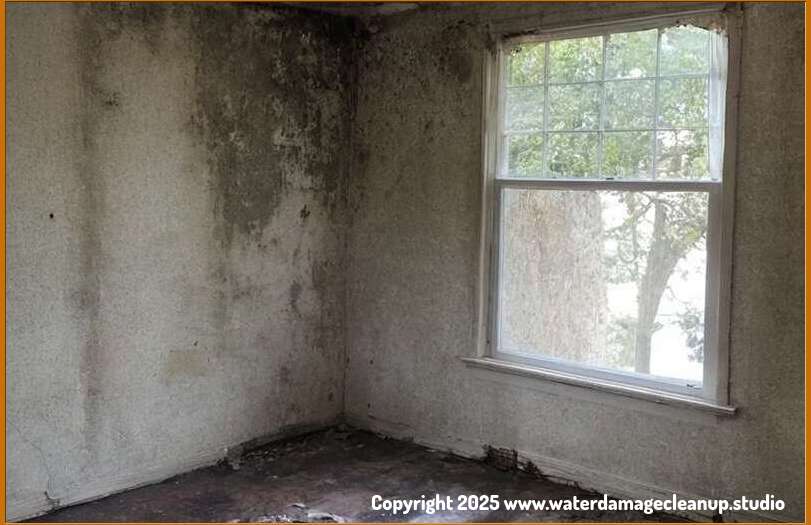
1. Assessing Structural Damage:
To properly reinforce weak or damaged areas, it is vital first to assess the extent of the structural damage caused by flooding. Professional flood damage repair experts conduct thorough inspections using specialized equipment and techniques. They examine foundations for cracks, check load-bearing walls for signs of stress or bowing, inspect flooring integrity, scrutinize roof structures for weakness caused by water infiltration, evaluate basement waterproofing systems' efficiency, and more.
2. Importance of Reinforcement:
Reinforcing weak or damaged areas is critical to maintain the overall structural stability of a property affected by flooding for several reasons:
a) Prevent Future Collapses: Weakened structures may pose serious risks if left unaddressed after a flood event. Timely reinforcement ensures that compromised components are strengthened before any potential collapses occur.
b) Long-term Resilience: Implementing reinforcement strategies significantly increases a building's ability to withstand future floods effectively. By adding extra support and fortifying vulnerable areas during repairs, vulnerability decreases while resilience improves over time.
c) Insurance Requirements: Many insurance companies require homeowners who have experienced flood damage to reinforce their properties against future events as part of coverage eligibility regulations.
3. Methods Used in Reinforcement:
Professionals utilize various approaches when reinforcing weak or damaged areas during flood damage repairs:
a) Foundation Underpinning: This method strengthens compromised foundations by extending the existing footings or adding new ones below the affected areas. Underpinning typically involves installing steel beams, helical piers, or concrete columns to increase stability.
b) Wall Bracing: To stabilize walls impacted by flooding and prevent further damage, experts may install bracing systems like wall anchors or carbon fiber strips. These solutions reinforce weakened walls and distribute pressure more evenly.
c) Roof Reinforcement: Extensive water infiltration can weaken a building's roof structure. Strengthening techniques include adding additional trusses, incorporating hurricane clips for increased wind resistance, and replacing compromised roofing materials.
d) Basement Waterproofing: Installing effective basement waterproofing systems such as interior drainage channels with sump pumps helps prevent future flood damage while reinforcing the foundation against hydrostatic pressure.
Reinforcing weak or damaged areas in flood-damaged properties is essential for ensuring structural stability and preventing future costly repairs. By assessing structural damage accurately and employing appropriate reinforcement methods like foundation underpinning, wall bracing, roof reinforcement, and basement waterproofing, professionals are able to fortify structures effectively against potential collapse due to flooding. Investing in these measures enhances safety levels while increasing a property's resilience to future flood events-an investment well worth making when it comes to flood damage repair projects in Felt.